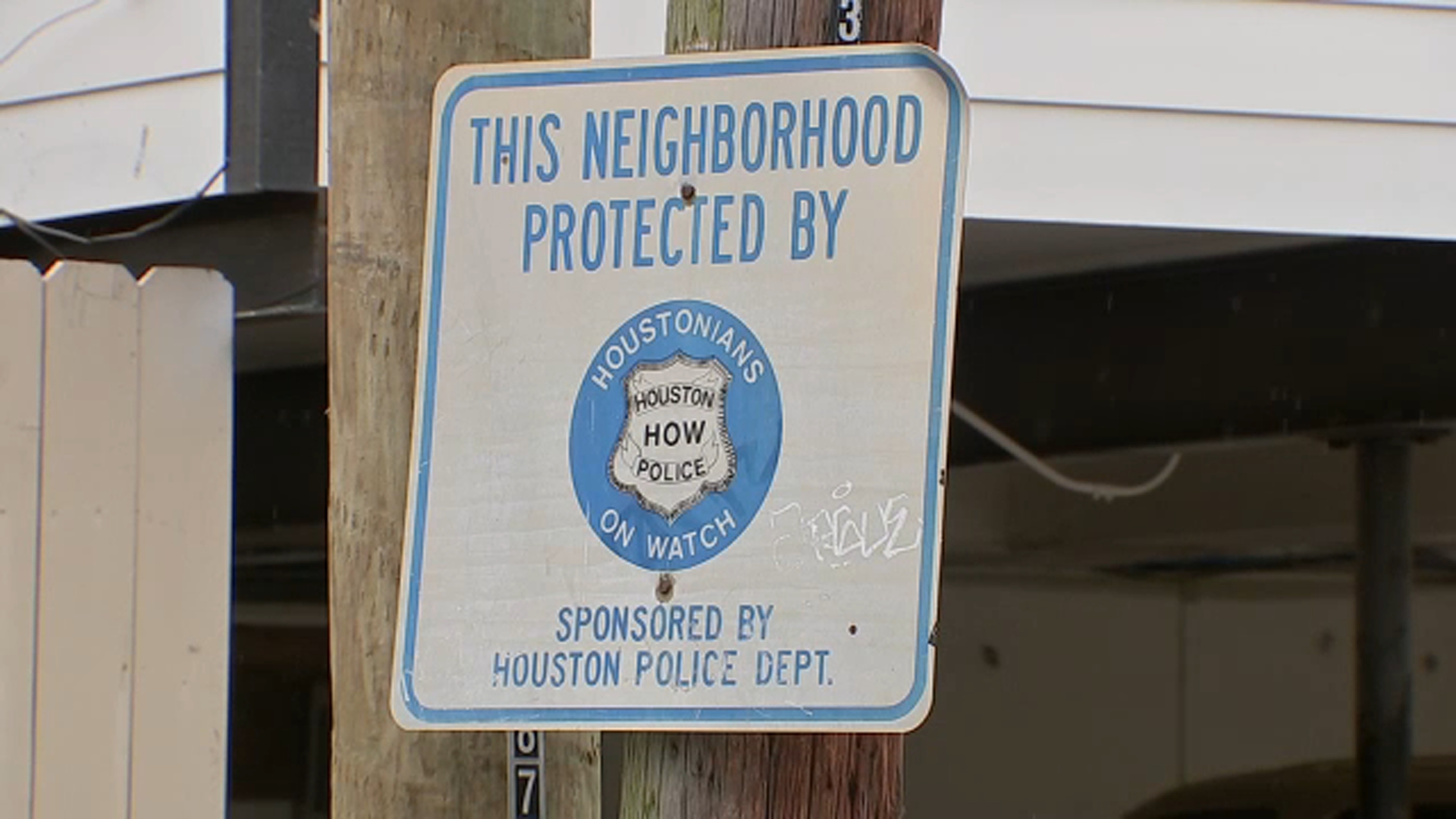Texas STAAR results improve in math and reading after pandemic dips
Texas students' standardized test scores in reading and math moved closer to pre-pandemic levels after falling to levels not seen in a decade the year before, according to results released Friday by the Texas Education Agency.
The video featured above is from a previous report.
Each spring, Texas students take the State of Texas Assessments of Academic Readiness or STAAR test. In math, 40% of all students in grades 3-8 met grade level or above this year, a 5-percentage-point increase from the previous year. In reading, 52% of all students met grade level or above, representing a 9-percentage-point increase from the previous year.
"This gives you a picture of what has happened statewide with regard to student proficiency and it is largely a story of recovery. It is a story of hope," Texas Education Commissioner Mike Morath said. "It is evidence that we have extraordinary people working in public schools in Texas."
Brian Woods, superintendent of the Northside Independent School District in San Antonio, credits students' return to their physical classrooms and the work teachers have put in this past year despite disruptions caused by the spread of COVID-19, for the rise in scores.
"Let's give the credit where credit's due," Woods said.
Friday's announcement comes two weeks after the release of results for high school students, who showed slight improvement.
The STAAR had a 98% participation rate this year among all students. Last school year, STAAR exams were optional for students, and districts weren't rated based on the results. This year though, the scores will count and school districts will be graded according to the results. Accountability results for school districts are scheduled to come out in August.
School administrators feared scores wouldn't see much improvement this past school year because of school disruptions caused by delta and omicron surges. Already understaffed school districts had teachers and substitutes out with COVID, prompting many districts to ask parents to fill in.
While the 2021-22 scores showed improvements in math for third- through eighth-graders current math levels remain 10 percentage points under the 2019 math levels. Texas had been making successful strides in math scores since 2012, when only 34% of students met grade level or above.
It was different with reading, as this school year's results surpassed those seen in 2019 and in the last decade.
By race, Hispanics, who make up more than half of Texas' 5.4 million public school students, saw gains as well, as 44% met grade level or above in reading, an 9-percentage-point increase from the previous school year and a 4-percentage-point increase from 2019. In math, 34% met grade level or above, an 8-percentage-point increase, but still 11 percentage points off their 2019 level.
Among Black students, 25% met grade level or above in math, a 5-percentage-point increase from the previous year. In the same subject in 2019, 34% met or exceeded their grade level. In reading, 40% of students met grade level or above, an 8-percentage-point increase and 5-percentage-point increase from 2019. Black students represent about 13% of all Texas public school students.
English language learners and special education and economically disadvantaged students also improved their scores in reading and math.
In math, 30% of all economically disadvantaged students met grade level or above, a 7-percentage-point increase from the previous year. But, this is still a 11-percentage-point decrease from their 2019 scores, right before the pandemic hit.
In reading, 41% of all economically disadvantaged students met grade level or above, a 10-percentage-point increase from the year before and a 5-percentage-point increase from 2019.
While there were gains for these students, a significant gap still exists between them and non-economically disadvantaged students. In math, 55% of students who aren't economically disadvantaged met grade level or above. In reading, 67% met grade level or above.
Among English language learners, 29% met grade level or above in math, a 9-percentage-point increase from the year before. In reading, 31% met grade level or above in reading, an 11-percentage-point increase.
For special education students, 13% met grade level or above in math, a 1-percentage-point increase from the previous year. In reading, 17% of these students met grade level or above, a 5-percentage-point increase.
Morath said the improved scores were the result of Texas teachers' strong commitment this year and help from the Texas Legislature, specifically, House Bill 4545, which requires schools to offer students 30 hours of targeted instruction based on how many STAAR subjects a student failed. He also credited the state-mandated teacher training called the Reading Academies. Teachers who teach K-3 must complete this training as part of an effort to improve student reading scores.
Historically, Texas hasn't been the best at catching students up after a major school disruption. Students affected by Hurricane Katrina in 2005 didn't meet state standards in reading until four years after the hurricane hit, and they never got there in math, according to the TEA.
In the latest National Assessment of Educational Progress, known as "The Nation's Report Card," less than one-third of fourth graders in Texas performed at or above proficient level, and only one-quarter of eight graders performed at or above proficient level.
Woods, Northside ISD superintendent, said implementing HB 4545 has been difficult as school districts continue to struggle with staffing shortages. Once school is back with no COVID disruptions, Woods believes there is going to be more rapid improvement.
"Teachers are just simply going to have more time with students," he said. "That's the key."
SEE ALSO: Texas students improve on standardized tests, but haven't fully regained ground since pandemic
The Texas Tribune is a nonprofit, nonpartisan media organization that informs Texans - and engages with them - about public policy, politics, government and statewide issues.










